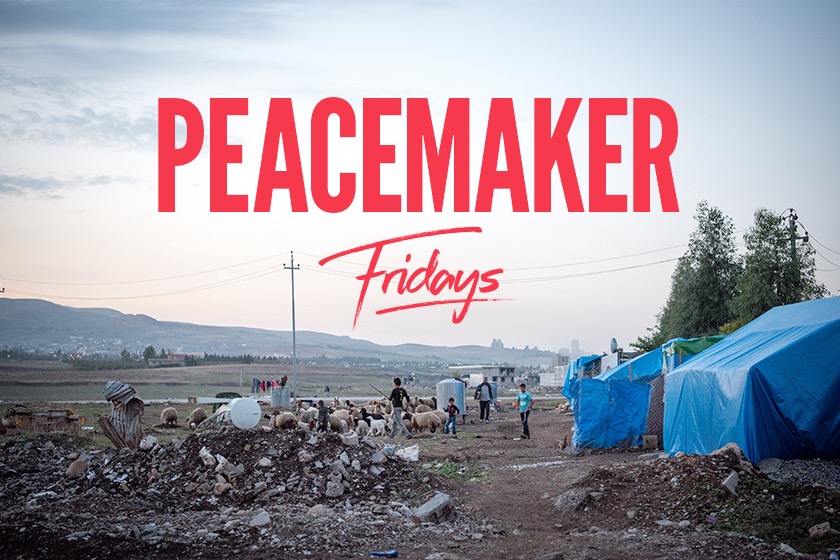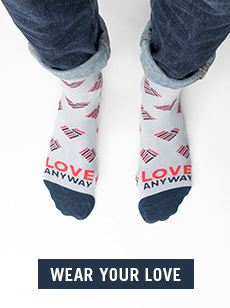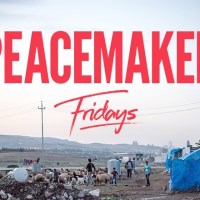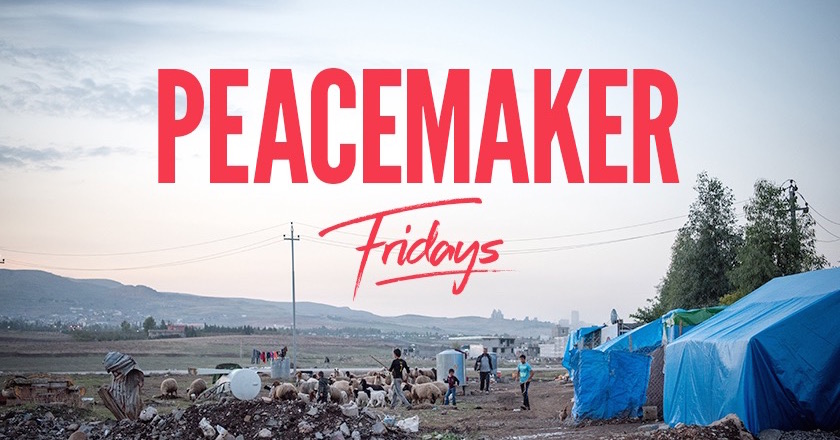
WWII refugees pay it forward to Syrian refugee children; waging peace through food; reaching across religious lines in Appalachia; a ballet for racial healing and reconciliation.
Here are the week’s best stories of people reaching across enemy lines, loving the other, and waging peace…
World War II refugees pay it forward to Syrian refugee children
Decades ago, four refugee children scattered across Europe received care packages and notes of encouragement from the United States. They were changed forever. Now, seventy years later, they offer this same gift of hope to Syrian refugee children in the Middle East. Read more…
Chocolate eggs and backyard feasts—waging peace through food
“On 9/11, I wanted to stick my head in the sand and disappear,” writes author Zarqa Nawaz. “As a mother of four young children under the age of 7, I hardly had time to eat or bathe. There were days when my mental state was precarious at best. But there was a nagging voice that said if I wanted to be part of a world where my children weren’t seen as the ‘scary other,’ I had to make time.” Zarqa describes how her family reached out to their community in the least intimidating way possible—through their stomachs. Read more…

The untold stories of people reaching across religious lines in Appalachia
West Virginia public broadcasting‘s Inside Appalachia shares a compilation of stories of hope—the stories that never make headlines. You can hear about Zain, an 11-year-old Syrian boy in West Virginia, who is popular with his classmates and feels accepted and safe. You can listen as one man shares how he confronted his rising fear of Muslim terrorists in the US. The Muslim-Free Gun Store in Kentucky made headlines; listen to how others responded in love. Read more…
By dancing the truth of historical injustice, Royal Winnipeg Ballet seeks racial reconciliation and healing
The Royal Winnipeg Ballet’s touring dance “Going Home Star: Truth and Reconciliation: highlights the dark past of Canada’s century-long forced institutionalization of Aboriginal children into largely abusive “Indian Residential Schools.” The Ballet company wanted to highlight the injustice, but also offer healing. In the ballet, dancers “visit children in a school, learning their history, understanding its ongoing impact upon themselves and ultimately beginning a healing journey.” The company, none of whom were of Aboriginal descent, were largely unaware of the history of the schools. The process of creating the ballet allowed residential school survivors to share their stories and attend rehearsals to offer input. The dancers participated “in a blessing ceremony with smudging, a pipe ceremony and sweat lodge at a site outside Winnipeg.” Lead dancer, Katie Bonnell, said, “The whole creation process for this ballet has been a huge learning experience for myself and the whole company…this [ballet] is so relevant. It’s just really special to be part of the conversations that are happening now, finally.” Read more…
Stay tuned for more hope-filled peacemaker stories next Friday!


